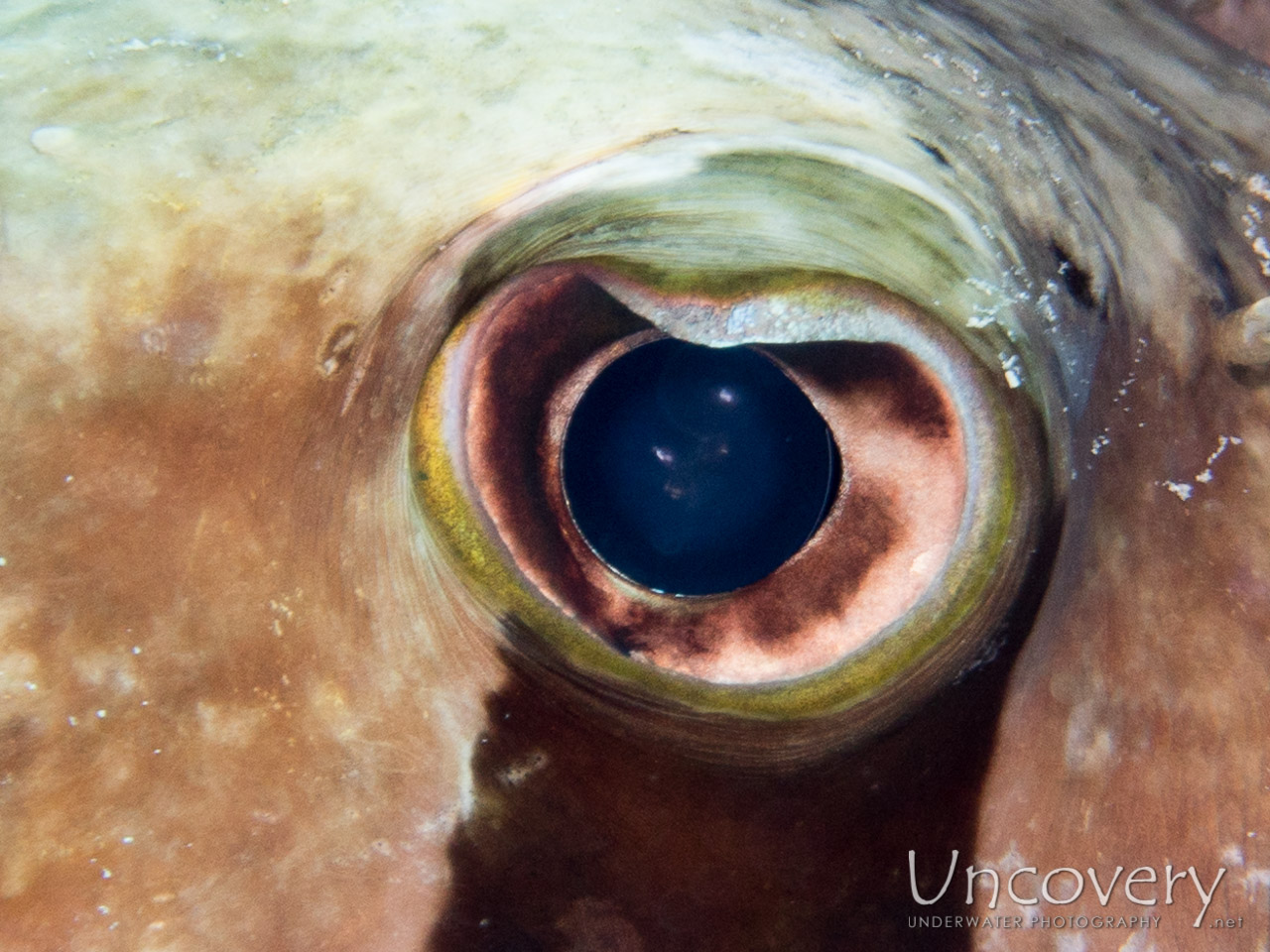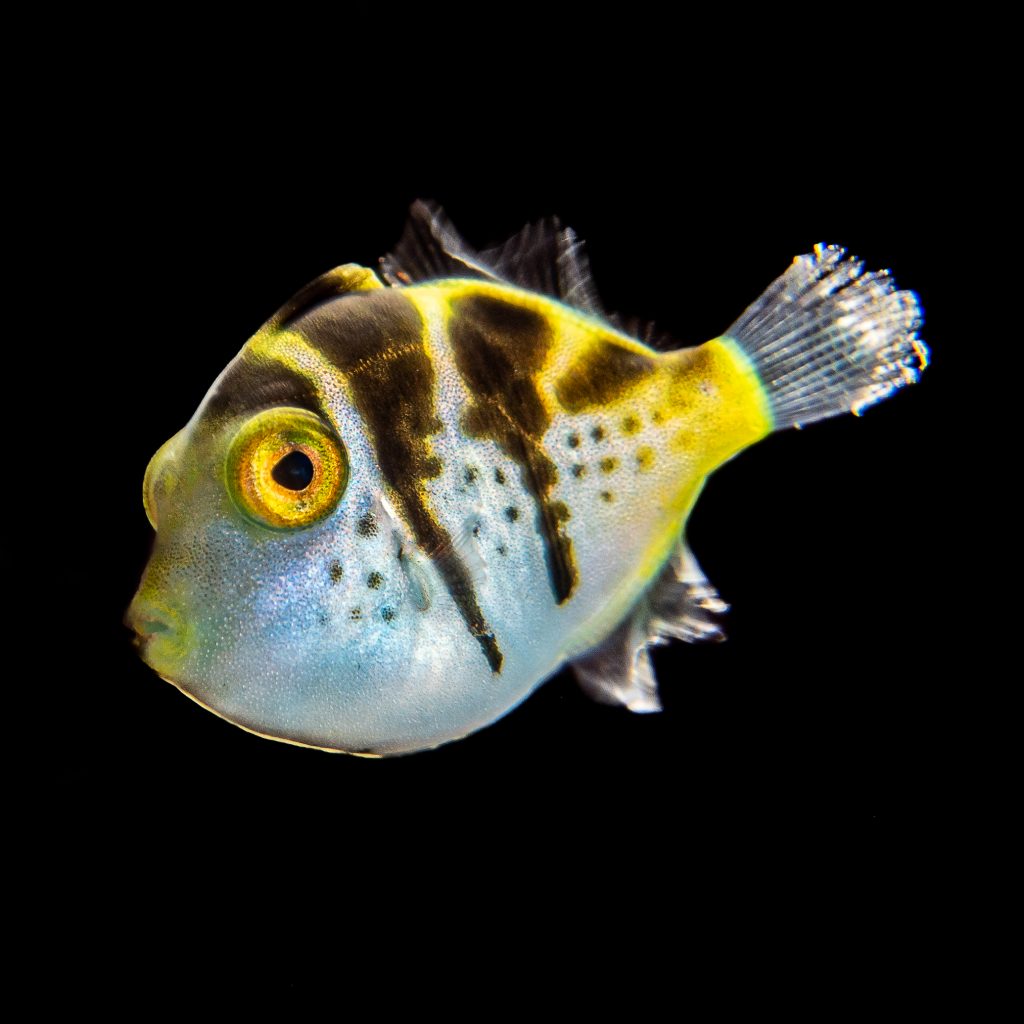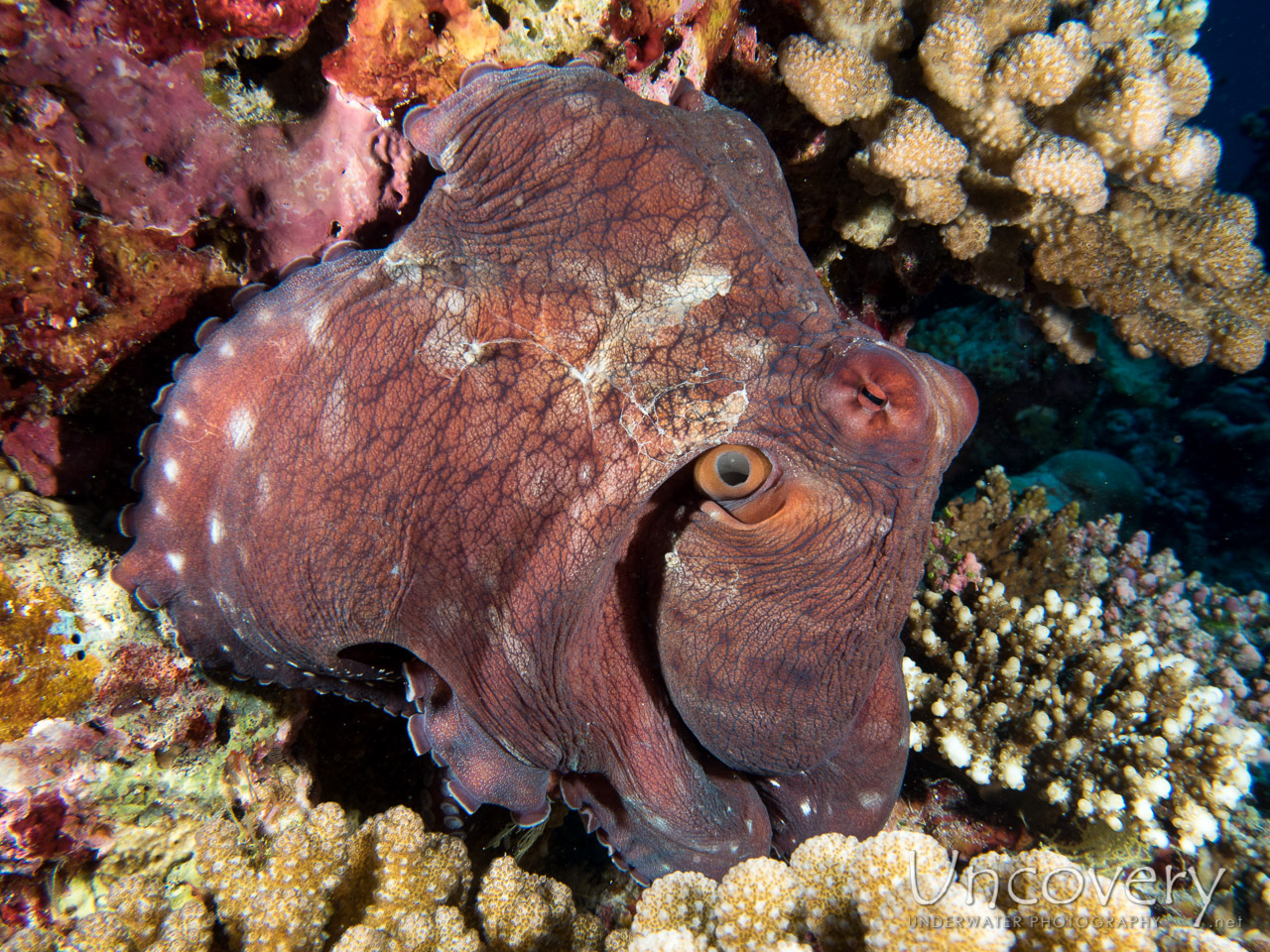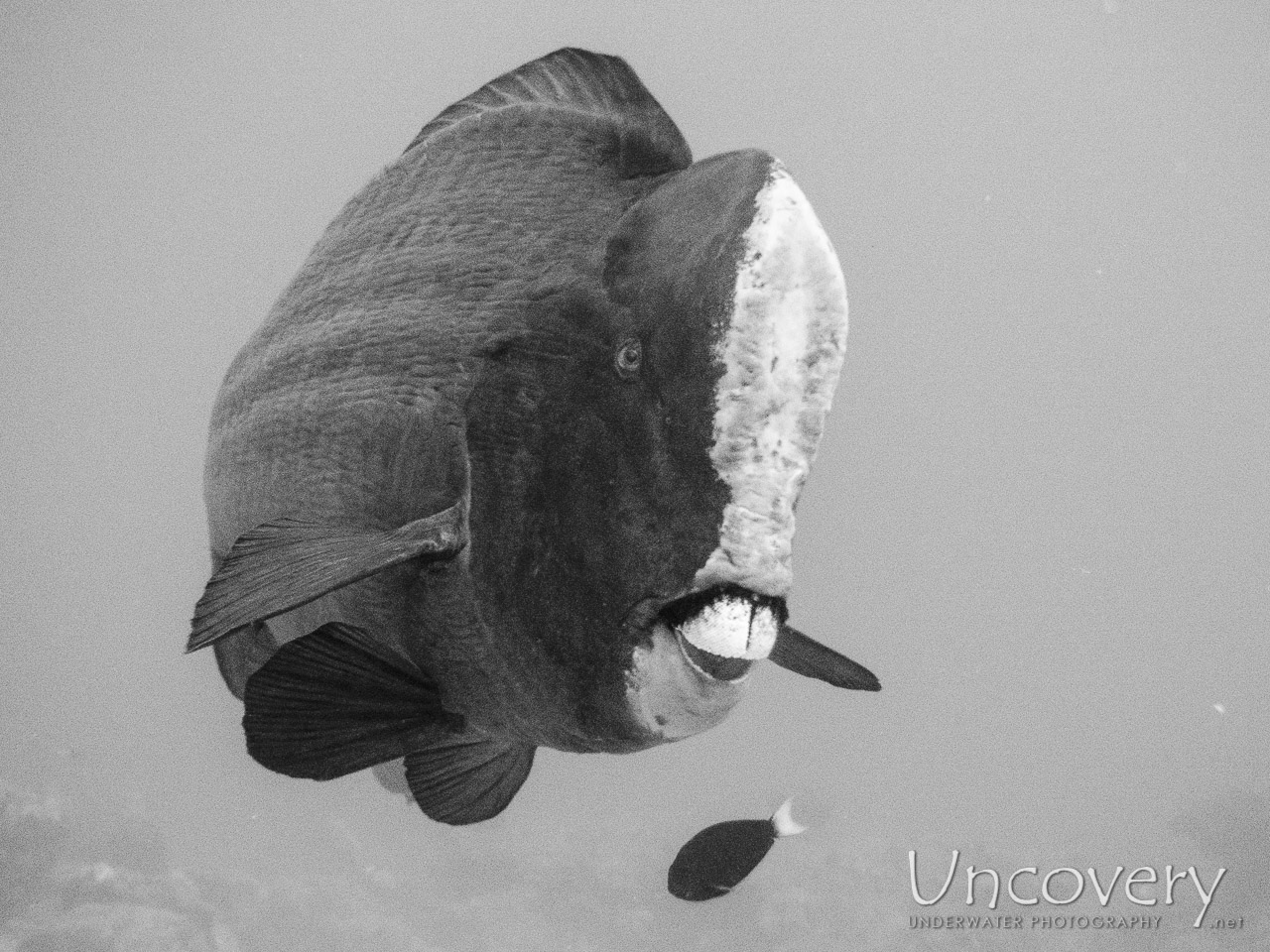Tag: Hawksbill Sea Turtle (Eretmochelys Imbricata)
Intro
The hawksbill sea turtle is a critically endangered sea turtle belonging to the family Cheloniidae. It is the only extant species in the genus Eretmochelys. The species has a global distribution, that is largely limited to tropical and subtropical marine and estuary ecosystems.
The hawksbill’s appearance is similar to that of other marine turtles. In general, it has a flattened body shape, a protective carapace, and flipper-like limbs, adapted for swimming in the open ocean. E. imbricata is easily distinguished from other sea turtles by its sharp, curving beak with prominent tomium, and the saw-like appearance of its shell margins. Hawksbill shells slightly change colors, depending on water temperature. While this turtle lives part of its life in the open ocean, it spends more time in shallow lagoons and coral reefs. The World Conservation Union, primarily as a result of human fishing practices, classifies E. imbricata as critically endangered. Hawksbill shells were the primary source of tortoiseshell material used for decorative purposes. The Convention on International Trade in Endangered Species regulates the international trade of hawksbill sea turtles and products derived from them.
Taxonomy
Linnaeus described the hawksbill sea turtle as Testudo imbricata in 1766, in the 12th edition of his Systema Naturae. In 1843, Austrian zoologist Leopold Fitzinger moved it into the genus Eretmochelys. In 1857, the species was temporarily misdescribed as Eretmochelys imbricata squamata.
Neither the IUCN nor the United States Endangered Species Act assessment processes recognize any formal subspecies, but instead recognize one globally distributed species with populations, subpopulations, or regional management units.
Fitzinger derived the genus name Eretmochelys from the Ancient Greek roots eretmo and chelys, corresponding to “oar” and “turtle”, respectively, in reference to the turtles’ oar-like front flippers. The species name imbricata is Latin, corresponding to the English term imbricate, in reference to the turtles’ shingle-like, overlapping carapace scutes.
Description
Adult hawksbill sea turtles typically grow to 1 m in length, weighing around 80 kg on average. The heaviest hawksbill ever captured weighed 127 kg . The turtle’s shell, or carapace, has an amber background patterned with an irregular combination of light and dark streaks, with predominantly black and mottled-brown colors radiating to the sides.
Several characteristics of the hawksbill sea turtle distinguish it from other sea turtle species. Its elongated, tapered head ends in a beak-like mouth , and its beak is more sharply pronounced and hooked than others. The hawksbill’s forelimbs have two visible claws on each flipper.
One of the hawksbill’s more easily distinguished characteristics is the pattern of thick scutes that make up its carapace. While its carapace has five central scutes and four pairs of lateral scutes like several members of its family, E. imbricata's posterior scutes overlap in such a way as to give the rear margin of its carapace a serrated look, similar to the edge of a saw or a steak knife. The turtle’s carapace can reach almost 1 m in length. The hawksbill appears to frequently employ its sturdy shell to insert its body into tight spaces in reefs.
Crawling with an alternating gait, hawksbill tracks left in the sand are asymmetrical. In contrast, the green sea turtle and the leatherback turtle have a more symmetrical gait.
Due to its consumption of venomous cnidarians, hawksbill sea turtle flesh can become toxic.
The hawksbill is biofluorescent and is the first reptile recorded with this characteristic. It is unknown if the effect is due to the turtle’s diet, which includes biofluorescent organisms like the hard coral Physogyra lichtensteini. Males have more intense pigmentation than females, and a behavioural role of these differences is speculated.
Carapace’s serrated margin and overlapping scutes are evident in this individual
Source: Wikipedia
-
Maldives, South Male Atoll, 18th December ’16: Helmuth Reef
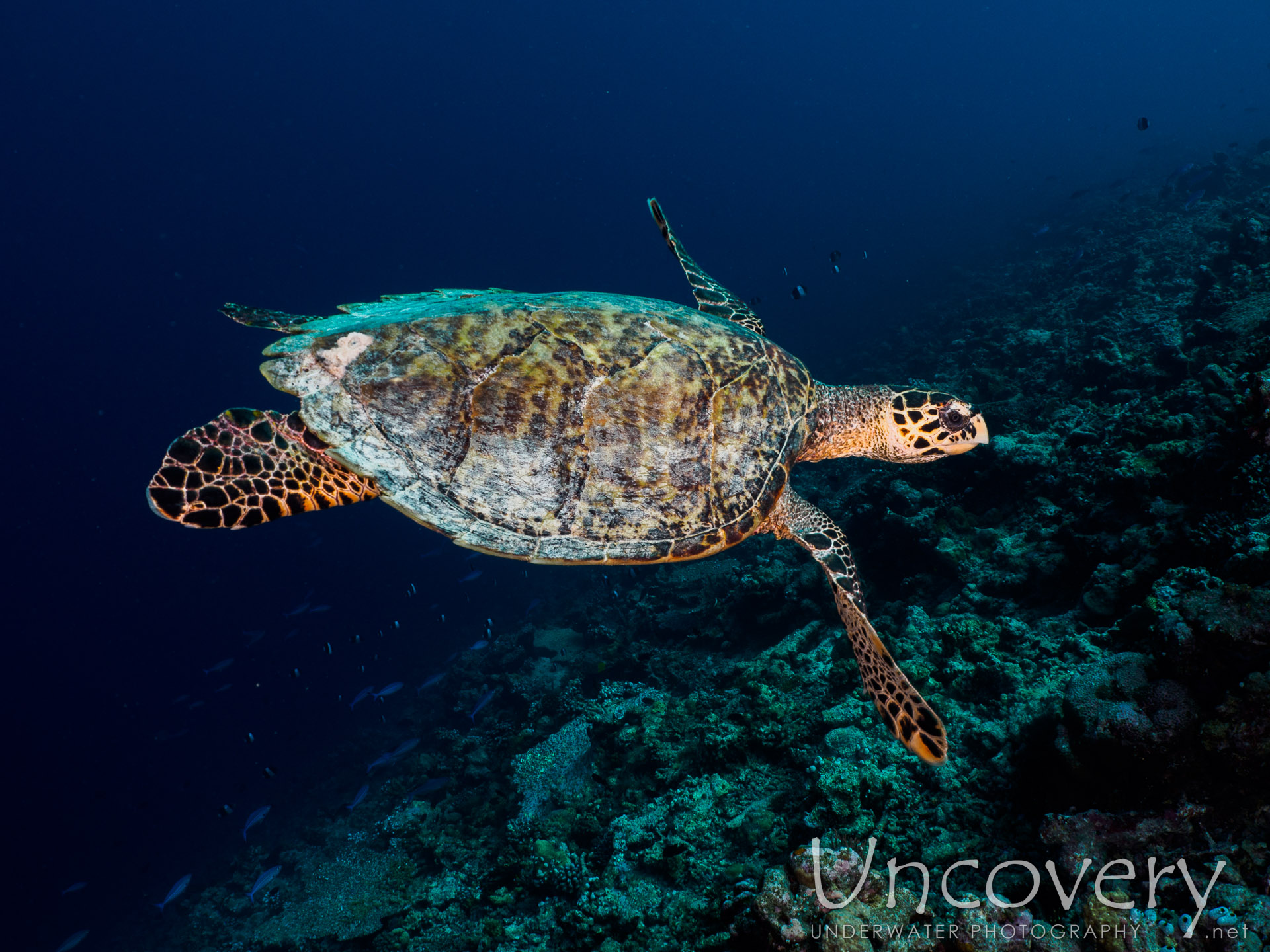
-
Maldives, South Male Atoll, 16th December ’16: Laguna Out
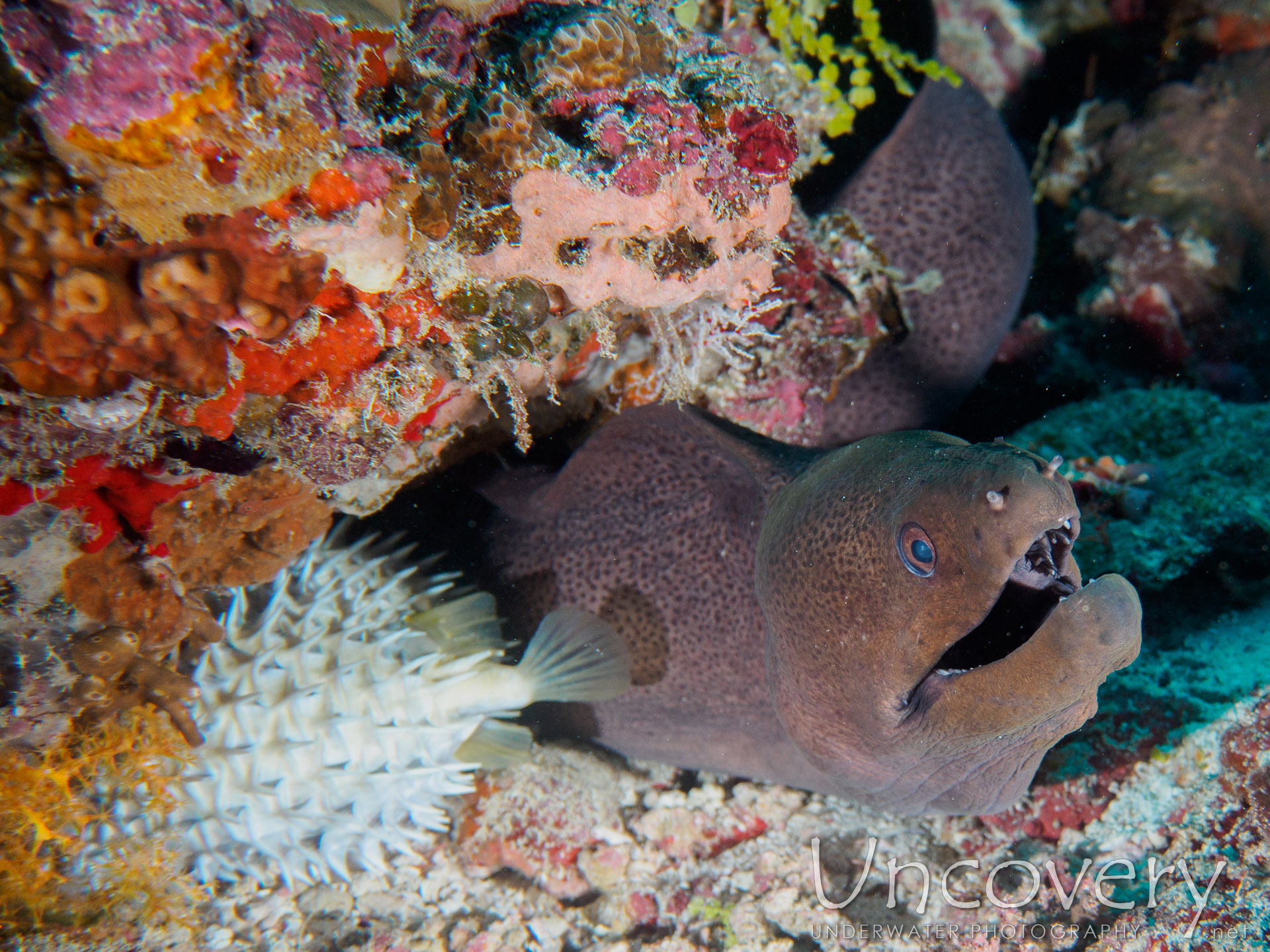
-
Maldives, South Male Atoll, 15th December ’16: Vadhoo Caves
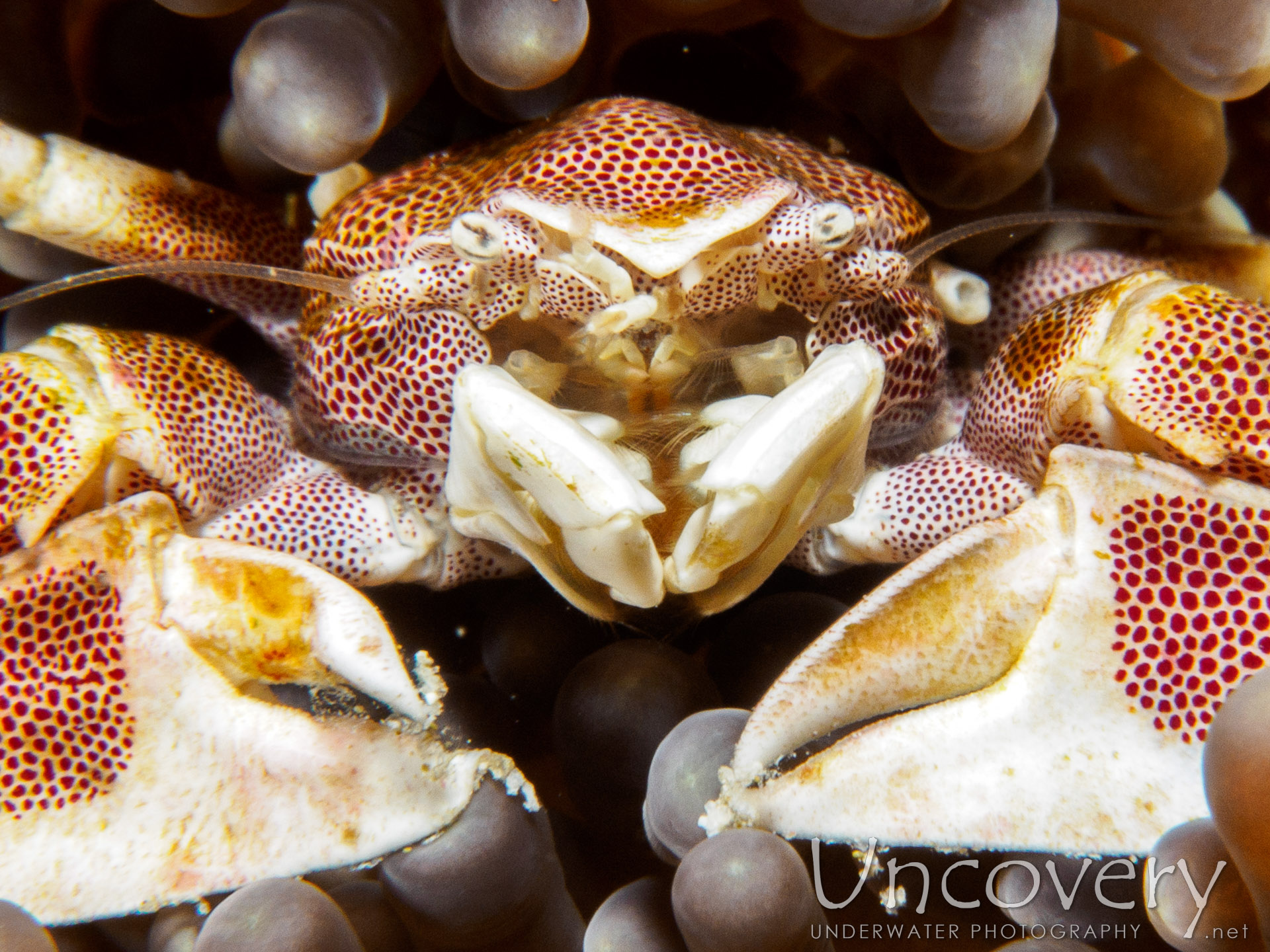
-
Maldives, South Male Atoll, 14th December ’16: South Reef Out
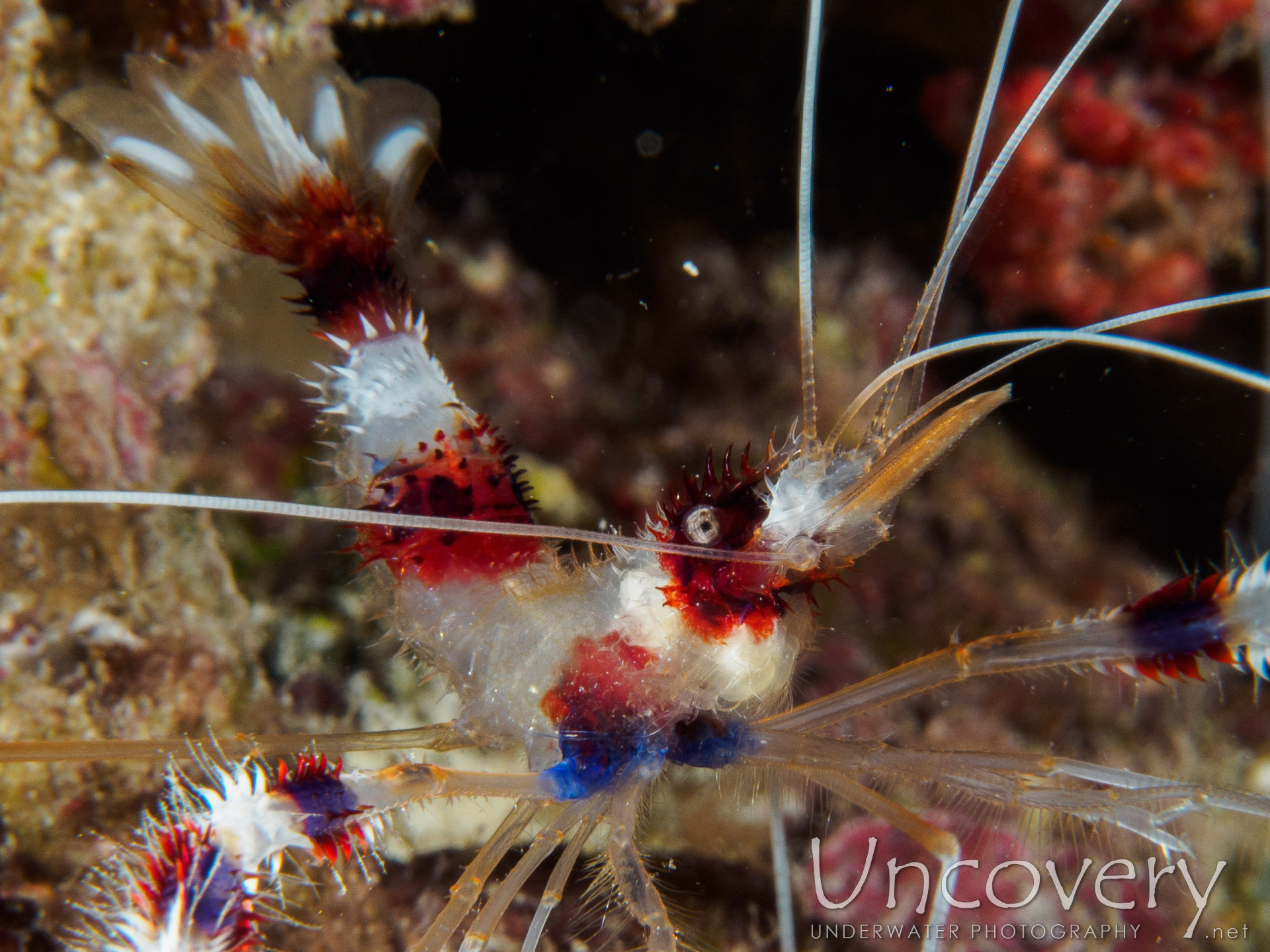
-
Maldives, South Male Atoll, 14th December ’16: Laguna Reef
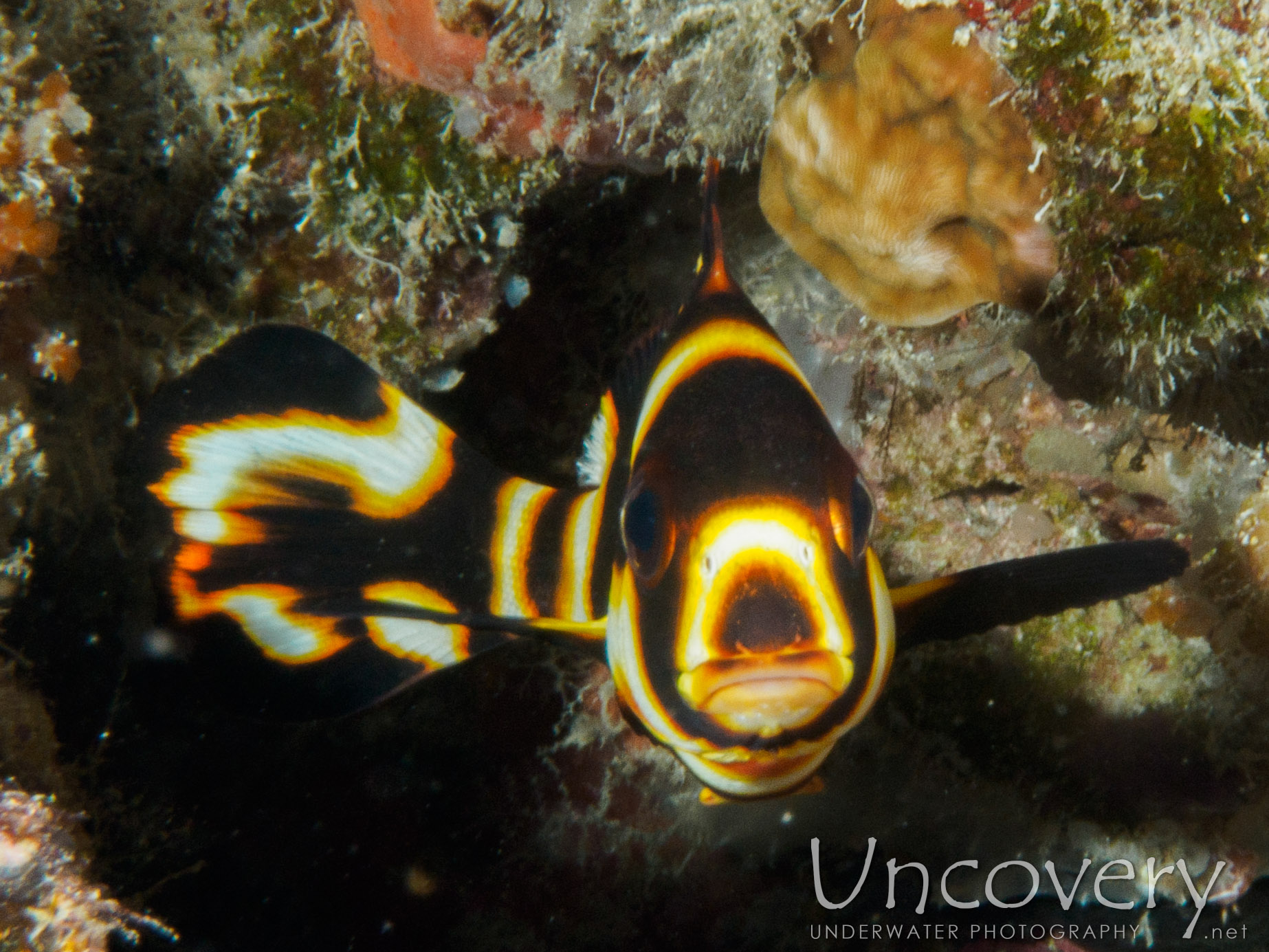
-
Indonesia, Tulamben, 12th August ’16: Ulami
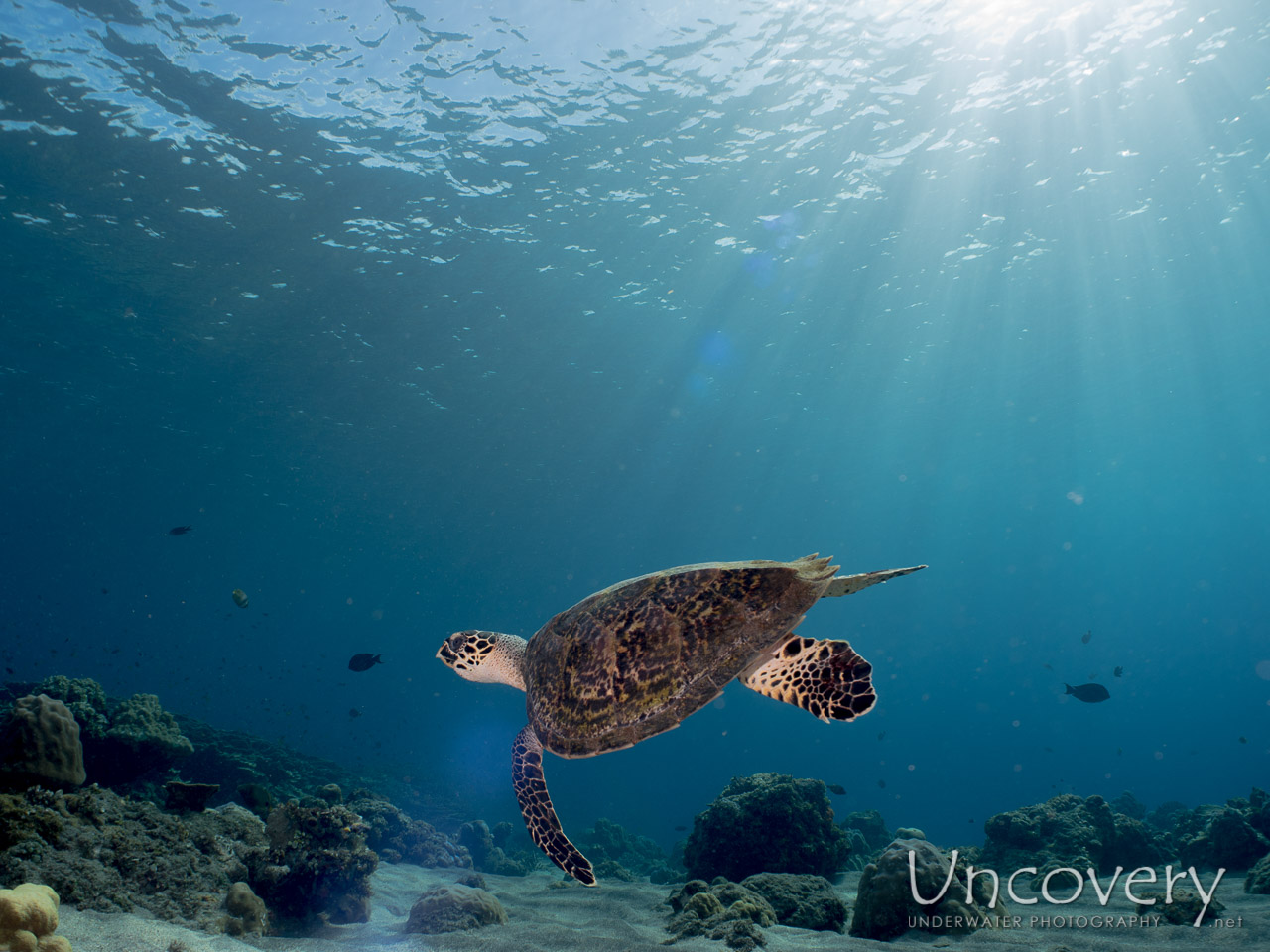
-
Maldives, North Male Atoll, 21st July ’16: Vabbinfaru
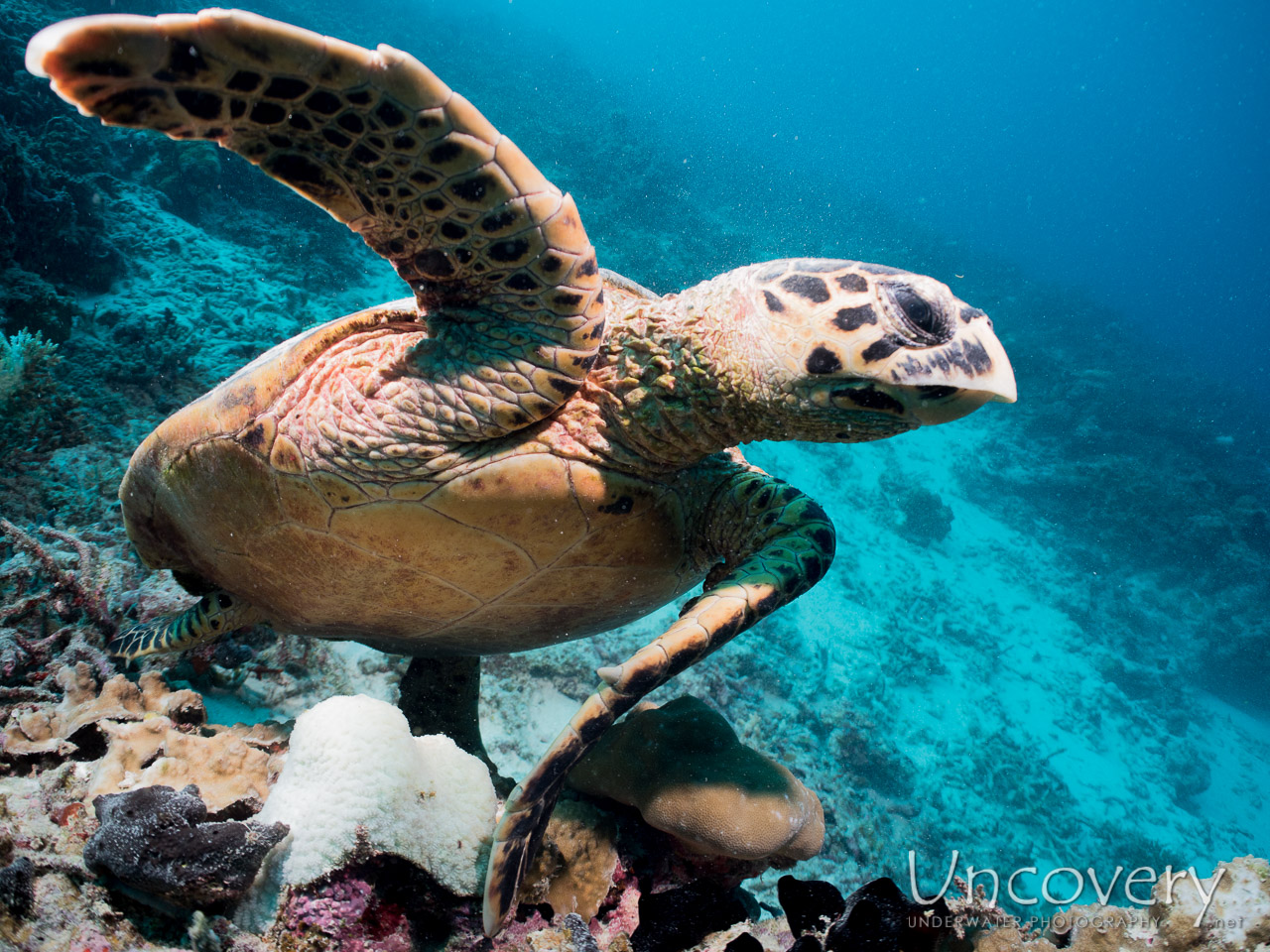
-
Maldives, North Male Atoll, 16th July ’16: Vabbinfaru
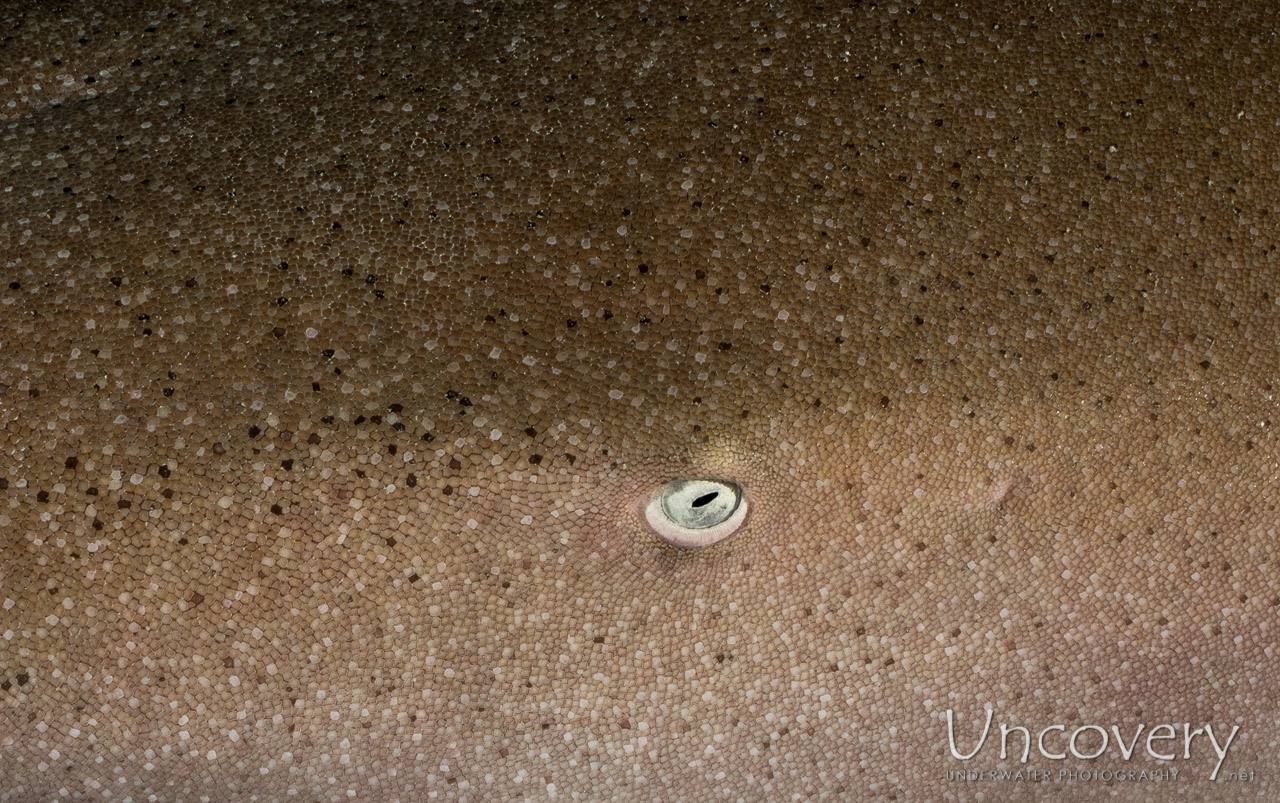
-
Maldives, North Male Atoll, 14th July ’16: Mas Giri
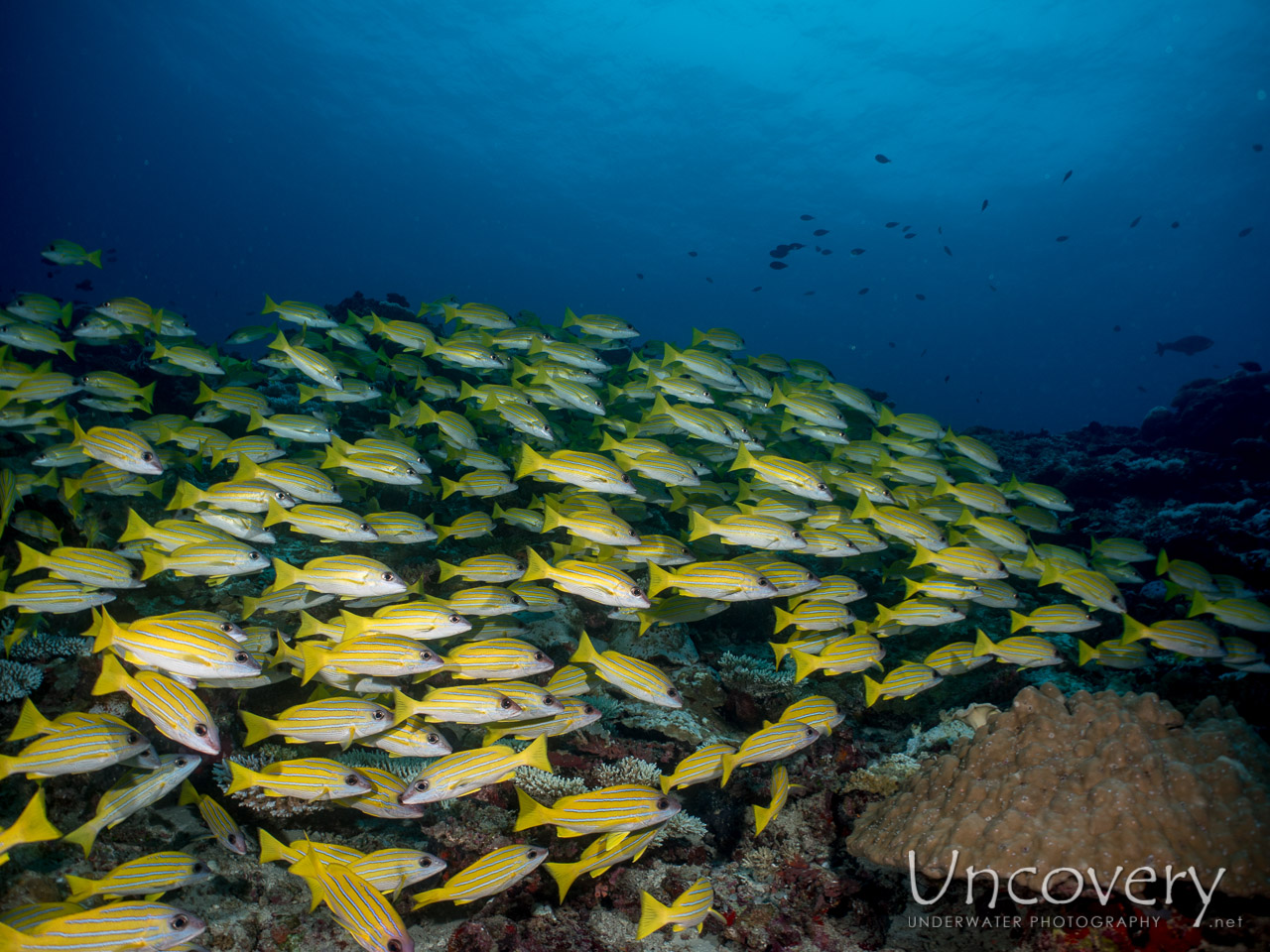
-
Maldives, North Male Atoll, 10th July ’16: Vabbinfaru
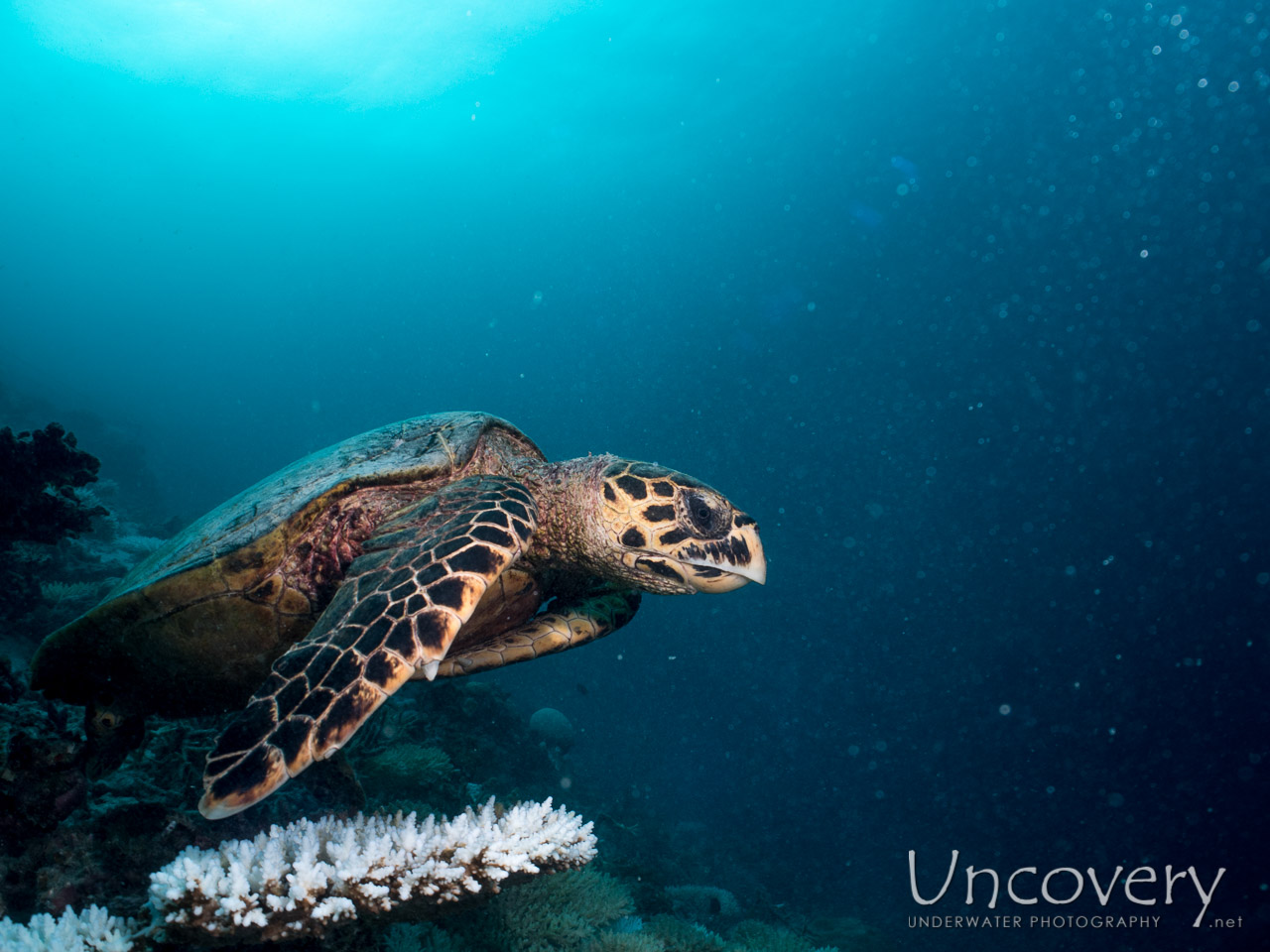
-
Maldives, North Male Atoll, 2nd March ’16: Kani Corner
